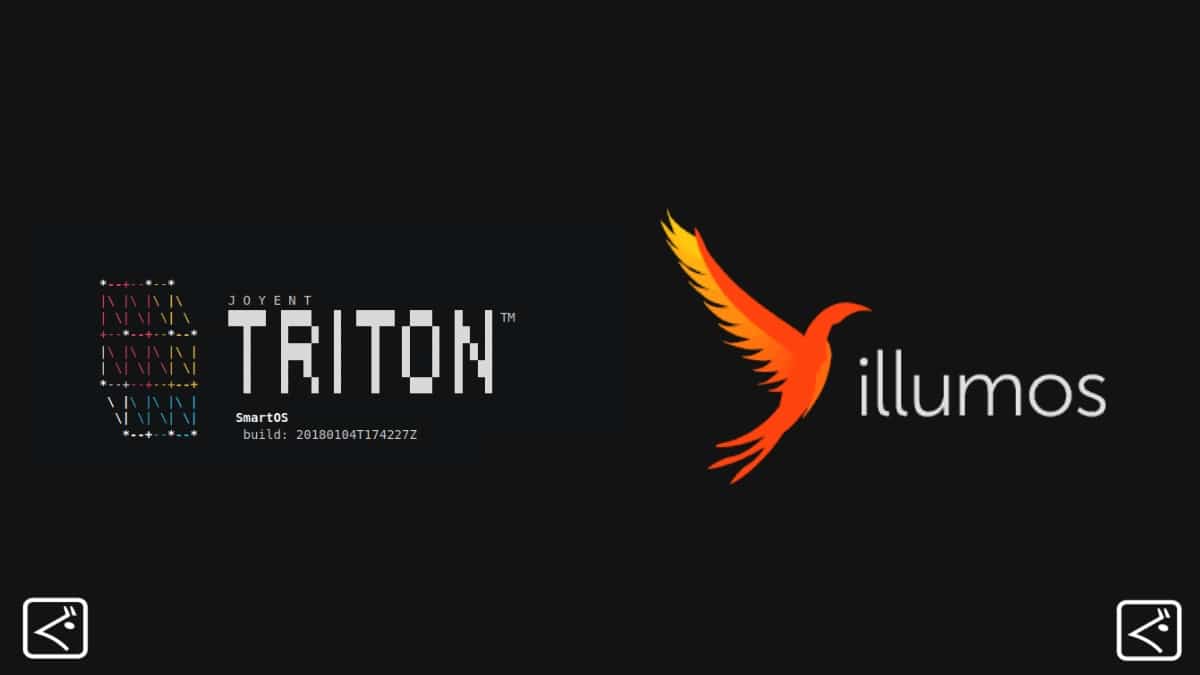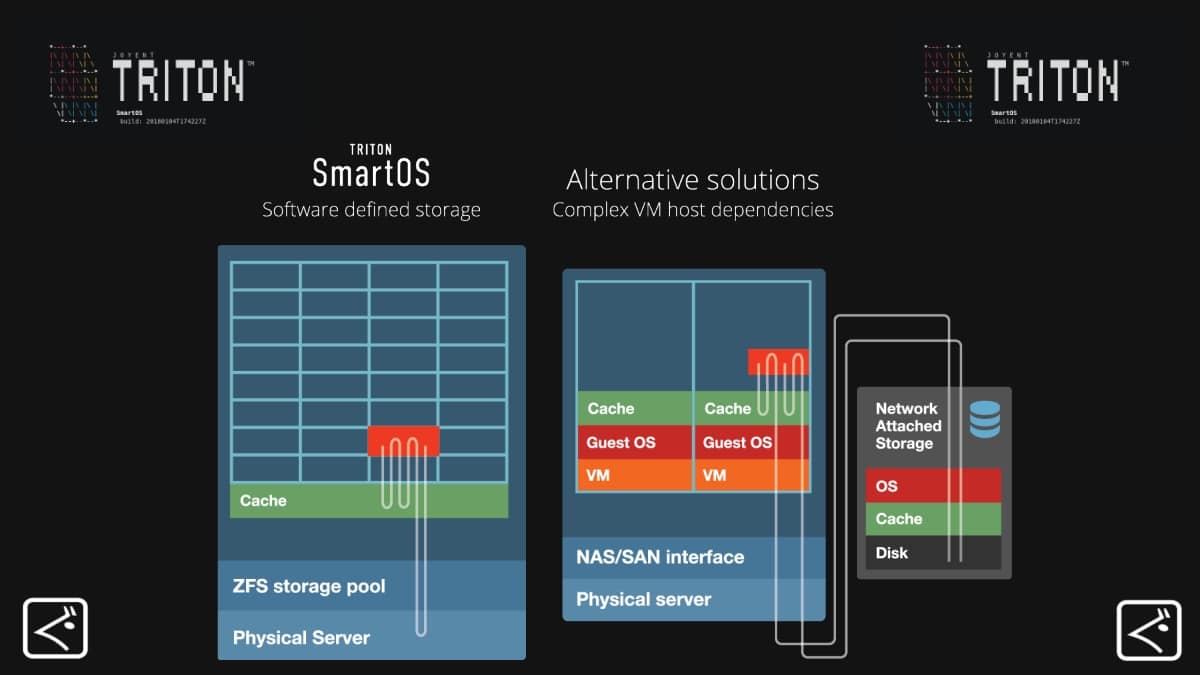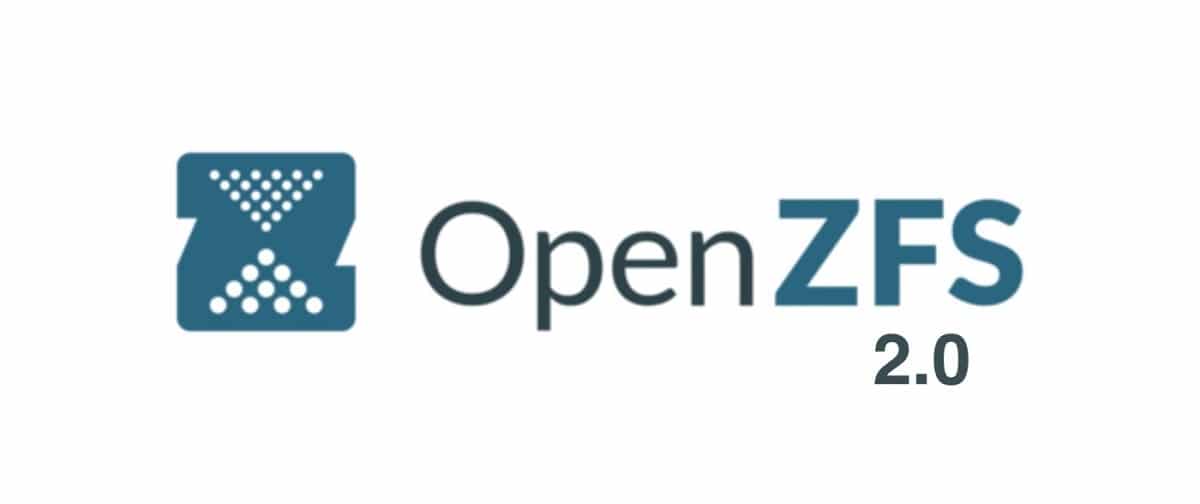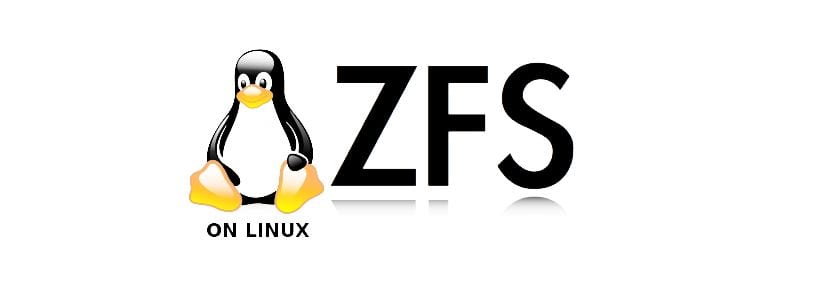
SmartOS: An open source UNIX-like operating system
just a day (09/08) one has been released new version (20220908T004516Z) of the operating system called "SmartOS". And since we have never mentioned or dedicated a complete post to it, this is an ideal time for it.
However, this little known Open Source Operating System is based on another that we mentioned earlier, called "illusions", which in turn is a community derivative of Opensolaris. So, briefly we will also address it.

And, before entering fully into today's topic, about the Operating system called "SmartOS", we will leave some links to previous related posts for later reading:



SmartOS: Converged Hypervisor of Containers and VM
What is Smart OS?
concisely and precisely, "SmartOS" is described is his Official websiteAs an Open Source Operating System which offers a specialized platform for Type 1 hypervisor and converged for the efficient management of containers and virtual machines.
And for that reason, supports two (2) types of virtualization:
- One based on Virtual Machines of the Operating System (Zones): Offering a lightweight virtualization solution to achieve a complete and secure user environment in a single global kernel.
- One based on Hardware Virtual Machines (KVM, Bhyve): What a complete virtualization solution offers to achieve the execution of a variety of guest operating systems, including Linux, Windows, *BSD, among others.
Therefore, and as expected, SmartOS works as a "Live Operating System" (Live OS), that should be booted via PXE, ISO or USB Key y runs entirely from RAM of the computer where it is hosted.
Consequently, it allows local disks to be used entirely for host virtual machines without wasting disks for the root operating system. What it offers, a advantageous work architecture, due to the implementation of increased security, no need to apply patches, and fast execution of updates and recoveries.
What is illumos?
In his Official website It is described as:
“Illumos is a Unix operating system that provides next-generation features for Downstream Distributions, including advanced system debugging, next-generation file system, networking, and virtualization options. Furthermore, it is developed both by volunteers and by companies that build products on top of the software. Therefore, it is an excellent foundation for traditional and cloud-native deployments.”

Features
Among the latests Moravia's compositions technical characteristics that offers or includes even your current stable version, the following stand out:
- It implements ZFS as a combined file system and logical volume manager.
- Leverages DTrace, which provides a dynamic tracing tool to diagnose and fix kernel and application problems on production systems in real time
- It includes Zones (light virtualization solution) and KVM (full virtualization solution) software to achieve the execution of various non-resident operating systems.
- Other technologies or programs that it integrates are Crossbow (dladm) for network virtualization, SMF for service management, and RBAC/BSM for role-based auditing and security.
For those who wish try and use said open operating system completely free of charge, they just have to go to the official download section and proceed to it. While, to learn more about it, you can explore its Official documentation y website on GitHub.



Summary
In summary, "SmartOS" is a cool tech solution for those people, groups, communities or organizations and companies that like open source implementations to construct cloud infrastructures, applications and services. Since, it is specially designed for it, and can be obtained completely free of charge. In addition, it has a very well created design that combines the capabilities that you get from a lightweight and optimized container operating system, with strong security, network, and storage capabilities.
If you liked this post, be sure to comment on it and share it with others. And remember, visit our «homepage» to explore more news, as well as join our official channel of Telegram from DesdeLinux, West group for more information on today's topic.